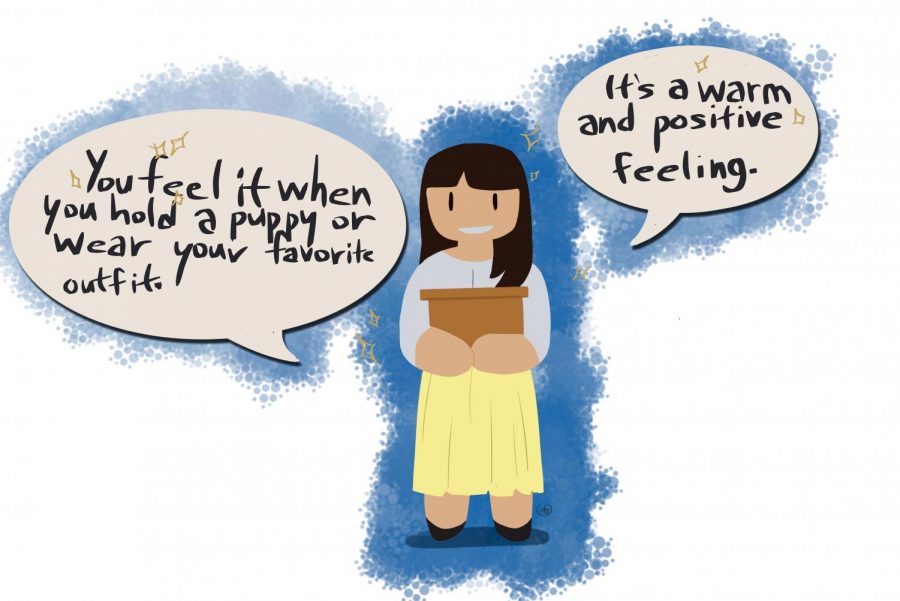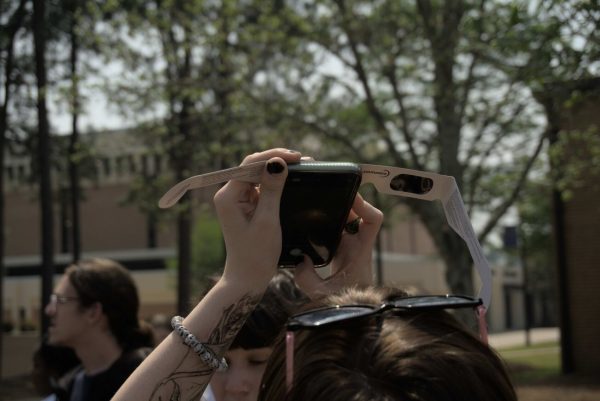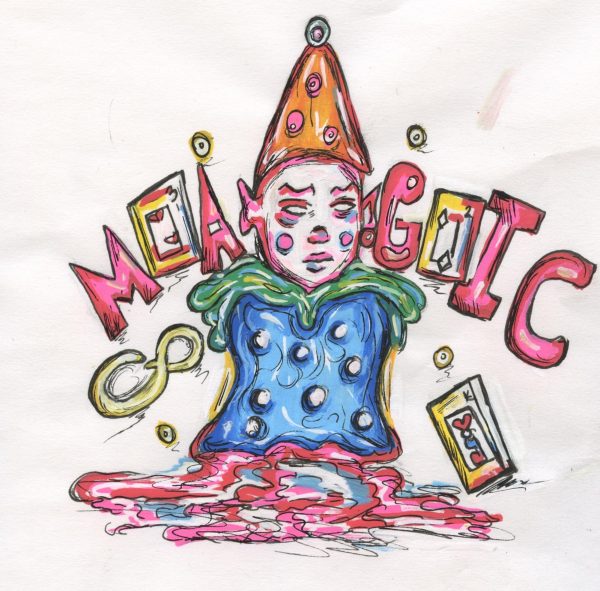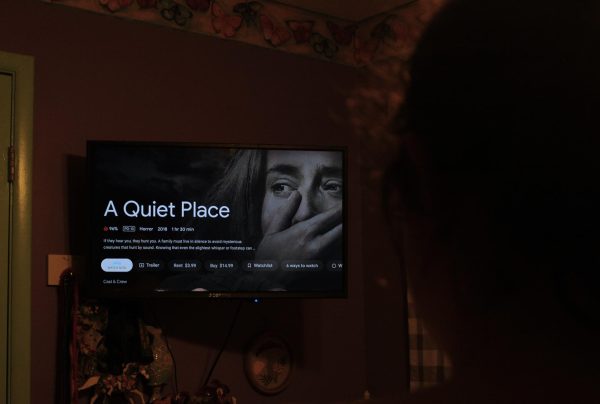“Tidying Up with Marie Kondo”
Decluttering tips that spark joy
Go to your closet, take out all your clothes, and put them in a large pile. Faced with the amount of clothing you’ve accumulated over the years, are you surprised? Shocked? Flabbergasted? And that’s just clothes. Now imagine all the other items in your home that have accumulated over the years. That feeling building inside of you now? It’s dread.
“Tidying Up with Marie Kondo,” a Netflix show starring world-renowned Japanese organizing consultant and author Marie Kondo, provides a fool-proof way to clean up clutter and to remain clutter-free after the initial tidying up.
“My mission is to spark joy in the world through tidying,” Kondo tells viewers with a vibrant smile.
Kondo invented what is known as the KonMari Method. This method involves gathering all of one’s possessions by category and sorting through them, only keeping the ones that “spark joy.” Kondo claims the KonMari method to be effective because one organizes by category instead of location. These categories are:
- Clothing
- Books
- Paper
- Komono (kitchen, garage, bathroom, etc.)
- Sentimental Items
In the show, Kondo is invited to the home of an American family who requested her services. She is given a tour of their home, observing the mess and clutter that is present. Once Kondo has seen the entire house, she invites the family to greet and thank their home with her.
Kondo finds an exact spot in the home and silently kneels on the floor, propped up by her feet. She closes her eyes and lightly traces the floor with her fingers before bowing deeply. Softly, Kondo humbly thanks the home in Japanese for providing protection and shelter for those who have lived within its walls.
The decluttering process can begin after thanking the home.
“Gather all your clothing,” instructs Kondo, “and pile ALL of your clothing into a mountain.” People are confronted with the amount of items they have accumulated over time. The effect is jarring on some and brings shame or discomfort to others. Kondo is undeterred, always smiling as she helps her clients persevere with the KonMari method.
She then instructs her client to hold each article of clothing and look for a “spark of joy.” Kondo tells them that if they don’t feel that spark, they should thank the article of clothing for its service before discarding it.

Once all the clothes are sorted, Kondo then teaches how to properly fold the remaining articles of clothing.
“It’s not making your clothes smaller. It’s an important opportunity to talk to your clothes and thank them.” She goes on to say that folding is a process where one can convey love to their clothing through the palms of their hands.
In Kondo’s book, “The Life-Changing Magic of Tidying Up: The Japanese Art of Decluttering and Organizing,” Kondo explains how to fold all types of clothing.
The following steps in the KonMari method follow a similar structure: gather all of the items in the category, hold each item one by one, see if it sparks joy, then keep or discard accordingly. Don’t forget to thank those items for their service!
Kondo provides additional tips throughout the entire show that viewers can use to build on when they attempt their own KonMari method. Here are some of her comments.
For books:
- “Will having these books be beneficial in your life going forward?”
- “Books are the reflection of our thoughts and values. By tidying up books it will show you what is important to you at this moment.”
For paper:
- “The trick to keeping important documents in order is having a designated spot in the house.”
- Divide papers into three categories: pending (waiting for you to take action on, such as letters or bills), important (to keep permanently, like contracts), and miscellaneous (things you read often, like magazines or seminars).
For miscellaneous:
- This category includes all items except clothes, books, documents, and sentimental items.
- Use boxes of all sizes to compartmentalize your items in drawers.
The important thing to remember when using the KonMari method is that this is a process and that it works differently for each person. Some might be able to complete the KonMari method in two weeks, some might take a month or longer, and that is okay. This isn’t a race. It’s committing to a change of lifestyle and becoming happier because of it.
“Tidying up with Marie Kondo” has one season with eight one-hour-long episodes. Each episode focuses on a different family or couple that has sought Kondo’s aid to have a cleaner, healthier home. To learn more on Kondo’s KonMari method, tune in and be charmed by the amazing organizing consultant that brings the spark of joy wherever she goes.









